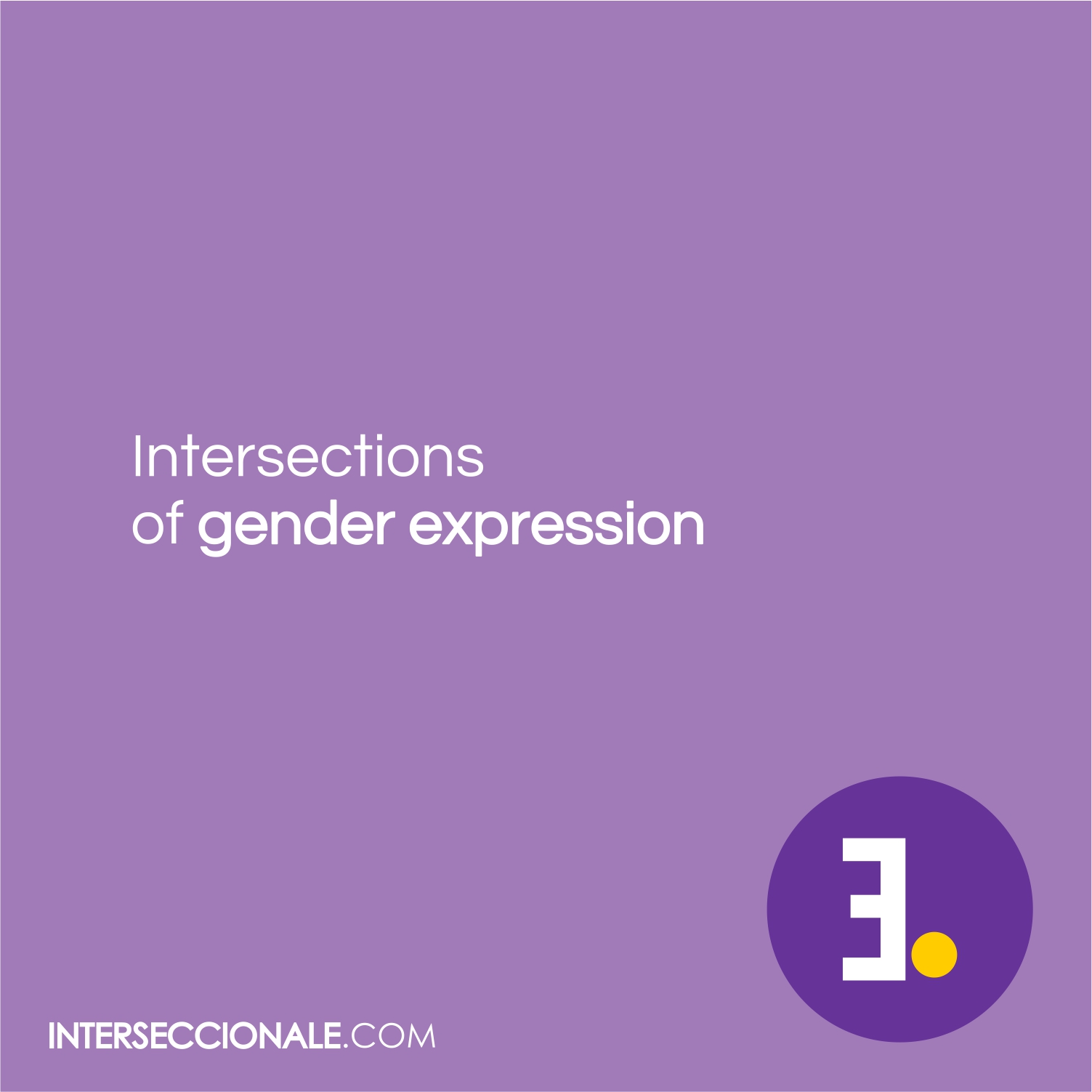Gender expression, the range of ways in which each person presents themselves to the world, does not exist in a vacuum. It is intimately connected with other aspects of our identity, such as race, sexual orientation, social class, and many other variables that make us unique individuals.
When we talk about intersectionality in relation to gender expression, we also refer to how the experiences of transgender, non-binary, genderqueer, fluid, or any other gender identity are affected by these multiple dimensions of their identity.
It is important to recognize that transgender and non-binary individuals face additional challenges when their identities intersect with other forms of oppression. For example, a transgender person of African descent may face discrimination based on their race or gender identity simultaneously. We must become aware of these realities and work to create more inclusive and equitable spaces for all individuals.
The creation of these spaces invites us to broaden our perspectives and listen to the voices of those who experience these intersections firsthand. Only by understanding the complexities and interactions between different identities can we move towards a more just, respectful, and functional society.
It is crucial to educate ourselves about these intersections and learn from the stories and experiences of those who navigate them. By doing so, we expand our horizons and develop greater empathy towards those who have experiences different from our own.

#InclusiveWithoutLabels #UnitedDiversity #LGBTQIA+Pride #BeyondCategories #BreakingStereotypes #APluralWorld #WeAreUnique #GenderIntersections #ListenAndLearn #TogetherTowardsEquality